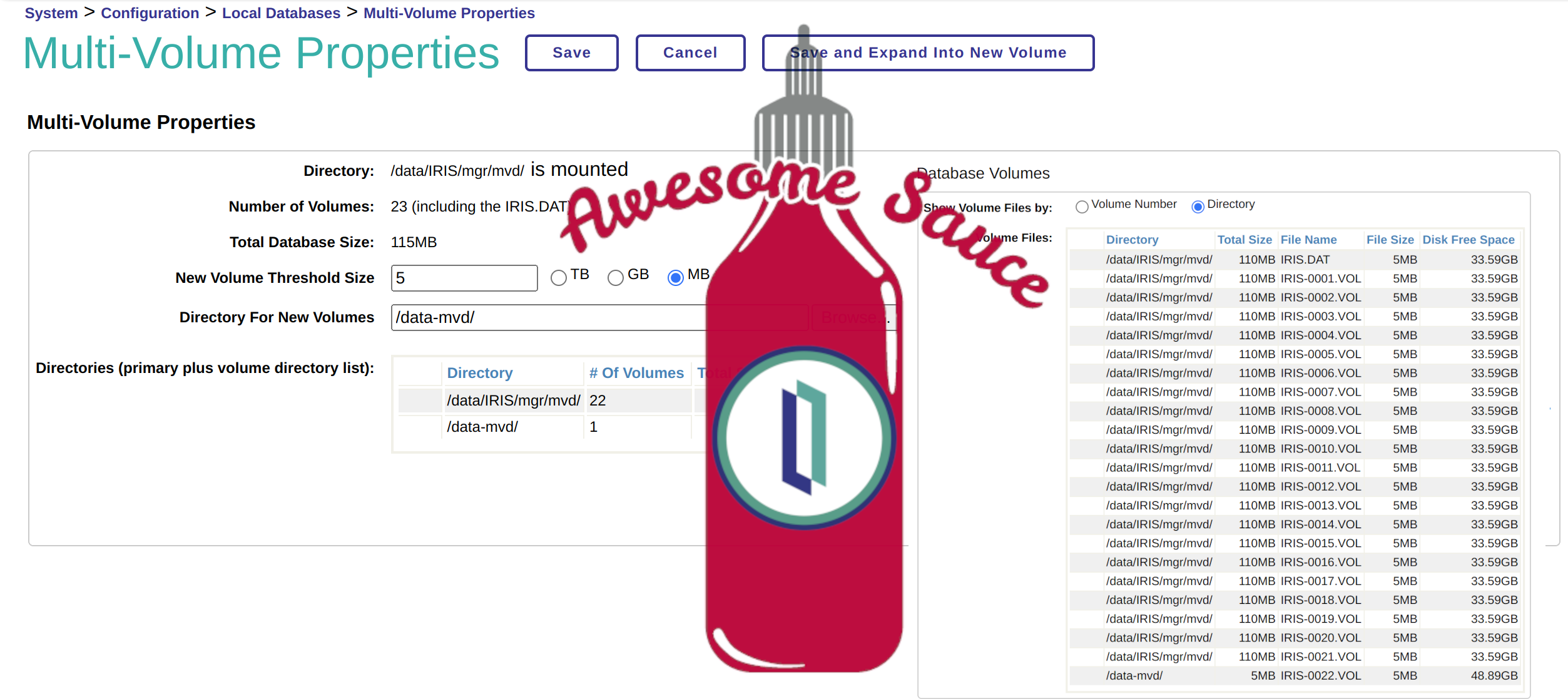IRIS and Ensemble are designed to act as an ESB/EAI. This mean they are build to process lots of small messages.
But some times, in real life we have to use them as ETL. The down side is not that they can't do so, but it can take a long time to process millions of row at once.
To improve performance, I have created a new SQLOutboundAdaptor who only works with JDBC.
BatchSqlOutboundAdapter
Extend EnsLib.SQL.OutboundAdapter to add batch batch and fetch support on JDBC connection.

.png)
.png)



